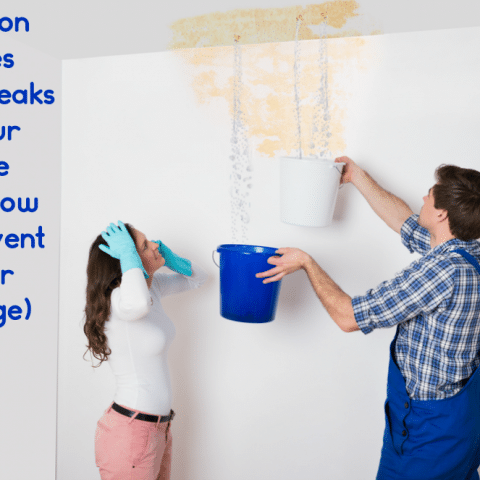Are you currently hunting for selective information around Hacks to detect leaks?

Early discovery of dripping water lines can reduce a prospective disaster. Some little water leakages may not be visible.
1. Examine the Water Meter
Every residence has a water meter. Checking it is a guaranteed manner in which assists you discover leakages. For starters, turn off all the water resources. Guarantee no person will certainly flush, utilize the faucet, shower, run the cleaning device or dish washer. From there, most likely to the meter and watch if it will certainly change. Considering that no one is utilizing it, there should be no motions. That indicates a fast-moving leak if it moves. Also, if you detect no changes, wait an hour or more and also examine back once more. This suggests you may have a slow-moving leak that can even be underground.
2. Check Water Intake
If you spot abrupt changes, in spite of your usage being the very same, it implies that you have leakages in your plumbing system. A sudden spike in your expense shows a fast-moving leakage.
On the other hand, a stable boost on a monthly basis, even with the exact same routines, reveals you have a slow leak that's likewise gradually escalating. Call a plumber to extensively examine your property, especially if you really feel a cozy area on your floor with piping beneath.
3. Do a Food Coloring Test
When it involves water consumption, 30% comes from toilets. Examination to see if they are running correctly. Decrease specks of food shade in the storage tank and also wait 10 mins. There's a leak in between the storage tank and also dish if the shade in some way infiltrates your dish during that time without flushing.
4. Asses Exterior Lines
Don't fail to remember to check your outdoor water lines as well. Needs to water permeate out of the link, you have a loose rubber gasket. One little leakage can waste lots of water and also surge your water costs.
5. Evaluate the circumstance and examine
House owners need to make it a routine to inspect under the sink counters and even inside cabinets for any bad odor or mold and mildew growth. These two warnings show a leak so timely attention is needed. Doing regular evaluations, also bi-annually, can save you from a significant issue.
If you recognize your residence is currently old, keep a careful eye on your heating units, hose pipes, pipelines etc. Check for discolorations and deteriorating as many pipelines and devices have a life expectancy. They will additionally normally wear away because of wear and tear. Do not wait for it to intensify if you presume leaking water lines in your plumbing system. Call a professional plumber right now so you don't wind up with a dreadful mess in your home.
Early detection of dripping water lines can mitigate a prospective disaster. Some small water leakages may not be noticeable. Examining it is a surefire method that aids you discover leakages. One little leak can lose tons of water as well as increase your water costs.
If you believe leaking water lines in your plumbing system, do not wait for it to intensify.
WARNING SIGNS OF WATER LEAKAGE BEHIND THE WALL
PERSISTENT MUSTY ODORS
As water slowly drips from a leaky pipe inside the wall, flooring and sheetrock stay damp and develop an odor similar to wet cardboard. It generates a musty smell that can help you find hidden leaks.
MOLD IN UNUSUAL AREAS
Mold usually grows in wet areas like kitchens, baths and laundry rooms. If you spot the stuff on walls or baseboards in other rooms of the house, it’s a good indicator of undetected water leaks.
STAINS THAT GROW
When mold thrives around a leaky pipe, it sometimes takes hold on the inside surface of the affected wall. A growing stain on otherwise clean sheetrock is often your sign of a hidden plumbing problem.
PEELING OR BUBBLING WALLPAPER / PAINT
This clue is easy to miss in rooms that don’t get much use. When you see wallpaper separating along seams or paint bubbling or flaking off the wall, blame sheetrock that stays wet because of an undetected leak.
BUCKLED CEILINGS AND STAINED FLOORS
If ceilings or floors in bathrooms, kitchens or laundry areas develop structural problems, don’t rule out constant damp inside the walls. Wet sheetrock can affect adjacent framing, flooring and ceilings.
https://www.servicemasterbyzaba.com/blog/how-to-detect-water-leakage-in-walls/

Do you appreciate reading up on Leaking water lines? Give a short review down the page. We'd be pleased to see your thoughts about this content. In hopes that you visit us again in the near future. Appreciated our piece? Please share it. Let someone else check it out. Thank you for going through it.